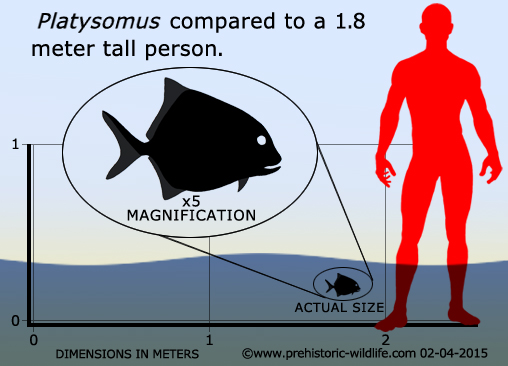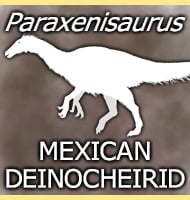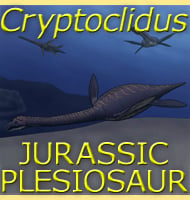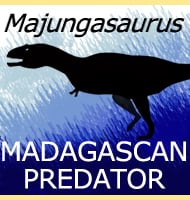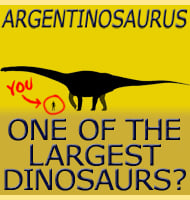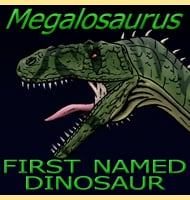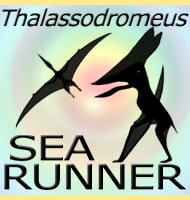In Depth
Platysomus had a very deep body with a reduced tail and quite small pectoral fins, all indicators that fish of this genus were slow swimmers. Despite this, Platysomus was a highly successful genus, a statement that is easily backed up just by looking at the broad temporal and geographic ranges of the known specimens. Platysomus has also been considered to live in both salt and freshwater habitats, though it should be remembered that the continents back in the Carboniferous were not only much closer together than they were today, but as the Permian periods went on they actually came together to form the supercontinent of Pangaea, which may in part explain why Platysomus were so successful.
Further Reading
- A new platysomid from the Upper Carboniferous of Kansas (USA) and remarks on the systematics of deep-bodied lower actinopterygians - K. E. Mickle & K. Bader - 2009.
